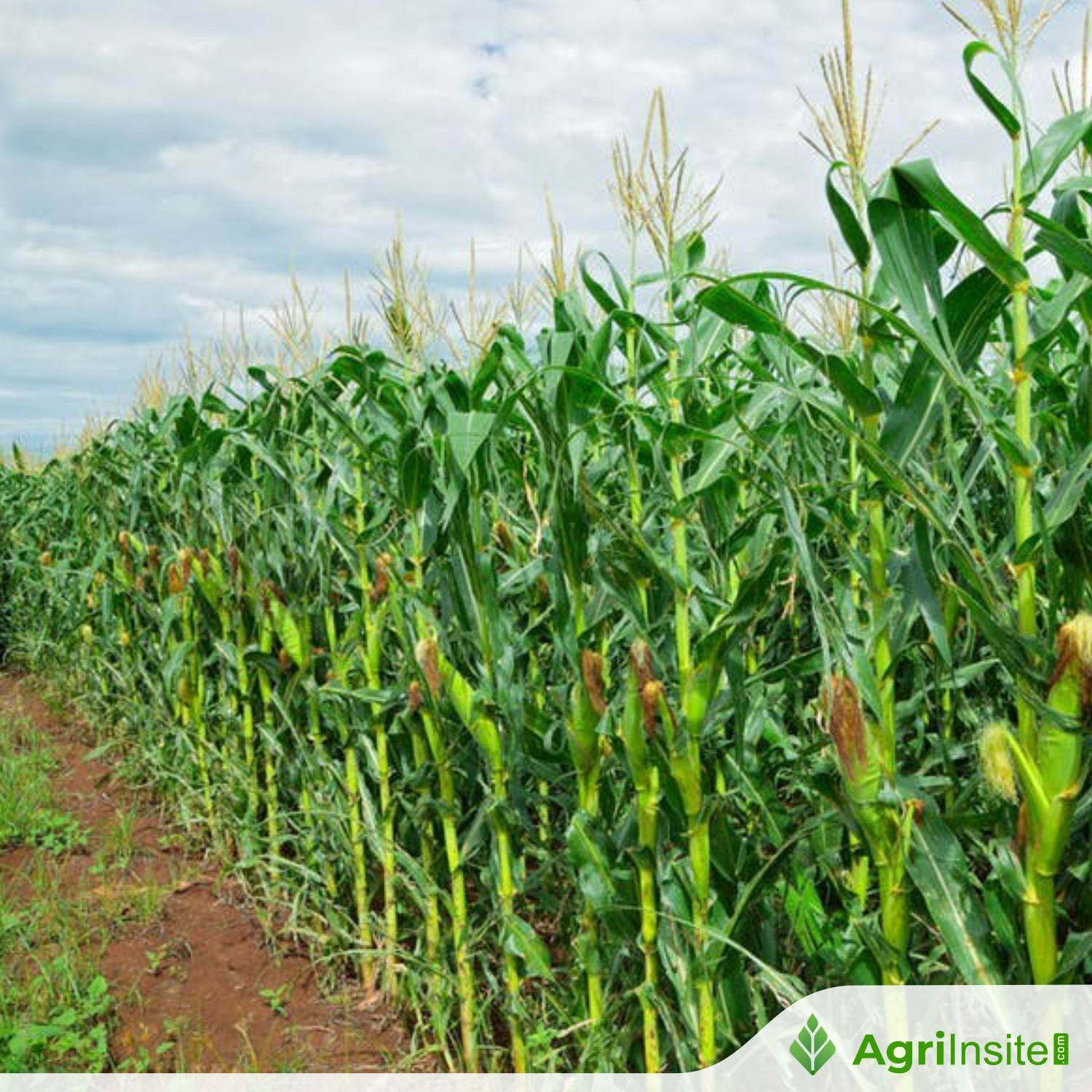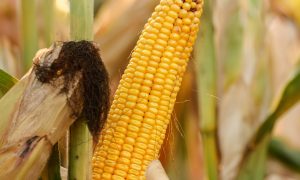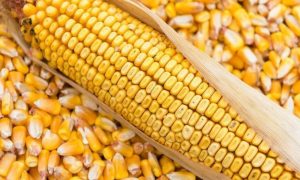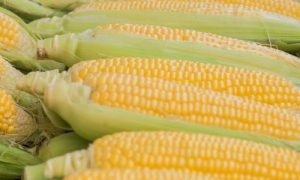Busy maize harvest expected with acreage up

maize crops are expected to increase by 10-15% this year, driven by wider drilling windows and crop flexibility. Despite challenges from limited sunlight, high-yielding varieties may achieve 42-45t/ha. To optimize harvest, farmers should test crops, conduct dry matter tests, and check cob moisture. Sap analysis and foliar feeds can also boost yields.
Wider drilling windows and crop flexibility have meant more maize has been drilled this year, after one of the wettest cereal drilling campaigns in living memory.
As a result, there will be more maize acres to harvest this autumn, with many breeders reporting a 10-15% increase in volume sold, reports Neil Groom, general manager of forage specialist Grainseed.
He says some livestock units that would normally grow wheat and barley for wholecrop were pinning hopes on maize to fill a forage gap – and provide energy in the diet.
Arable growers have also opted for maize after the seed drill remained in the shed through March and April.
However, a bumper harvest is not necessarily on the cards due to limited sunlight during leaf development and stem elongation.
And while some growers expect crops to hit maturity later this season, it is important to assess crops, rather than guessing.
“I’ve been astounded at the maturity of maize so far in the early regions of the south and eastern counties,” says Neil.
He adds that high-yielding varieties are on course to achieve 42-45t/ha (17-18t/acre) on some farms.
Sap analysis
Some lessons learned in a challenging crop production year include using sap analysis and whether maize is harvested for silage or grain, says Neil.
Because arable farmers are more familiar with sap analysis, there were more sap results taken on maize this year.
“A sap analysis in early June before the plant is showing deficiency symptoms can be worthwhile to assess whether the plant requires a foliar feed of nitrogen or any trace element corrections,” he explains.
“Don’t wait until the rapid growth phase in July, as there isn’t time for the supplement to do its job and create leaf mass to drive photosynthesis and starch production.”
Grain marketing
Arable farmers growing maize need to decide whether to sell their crop as silage or wait to combine it and sell it as grain, he adds.
Maize grain must be dry and mould-free to compete with product from Europe and the Black Sea countries.
Consider the cost of drying from 30% grain moisture to 15%, which is significant and at least £1/percent using gas or diesel, he points out.
Passing the grain through the dryer twice can also help reduce microcracking and it reacts better to the heat process.
Alternatively, whole grains can be crimped at higher moisture, with an additive, and sold as a high-value concentrate replacer for dairy and beef finishing diets.
Early-maturing varieties
Early-maturing varieties have grown in popularity this year, continuing a trend, says Neil. In previous years, early-maturing varieties have been used to try and avoid wet, muddy harvests.
This year, the delay in getting onto land to drill in May or even June has meant early maturity is important for growers because the growing period has been compromised by a late drill date.
Source Link : https://www.fwi.co.uk/livestock/livestock-feed-nutrition/busy-maize-harvest-expected-with-acreage-up















